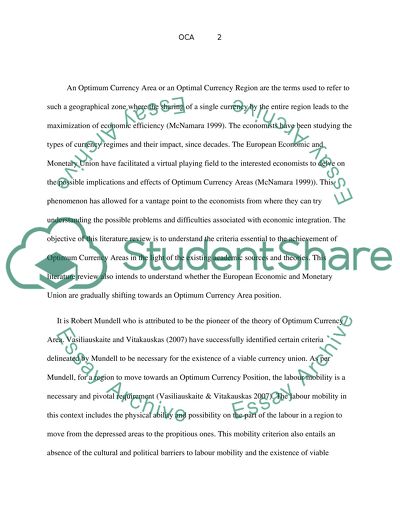Cite this document
(“Is Europe an optimum currency area Literature review”, n.d.)
Retrieved from https://studentshare.org/gender-sexual-studies/1419644-is-europe-an-optimum-currency-area
Retrieved from https://studentshare.org/gender-sexual-studies/1419644-is-europe-an-optimum-currency-area
(Is Europe an Optimum Currency Area Literature Review)
https://studentshare.org/gender-sexual-studies/1419644-is-europe-an-optimum-currency-area.
https://studentshare.org/gender-sexual-studies/1419644-is-europe-an-optimum-currency-area.
“Is Europe an Optimum Currency Area Literature Review”, n.d. https://studentshare.org/gender-sexual-studies/1419644-is-europe-an-optimum-currency-area.


